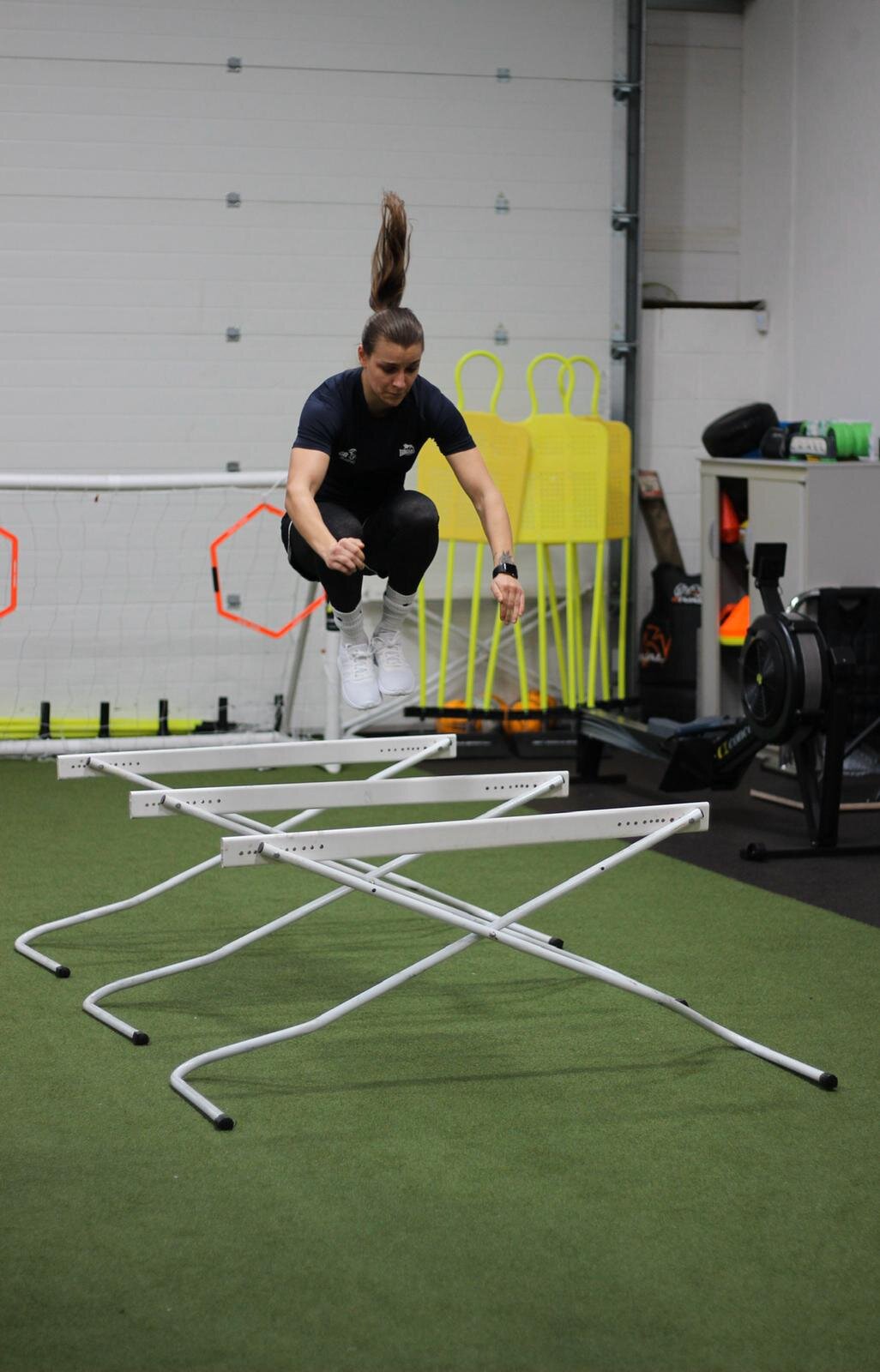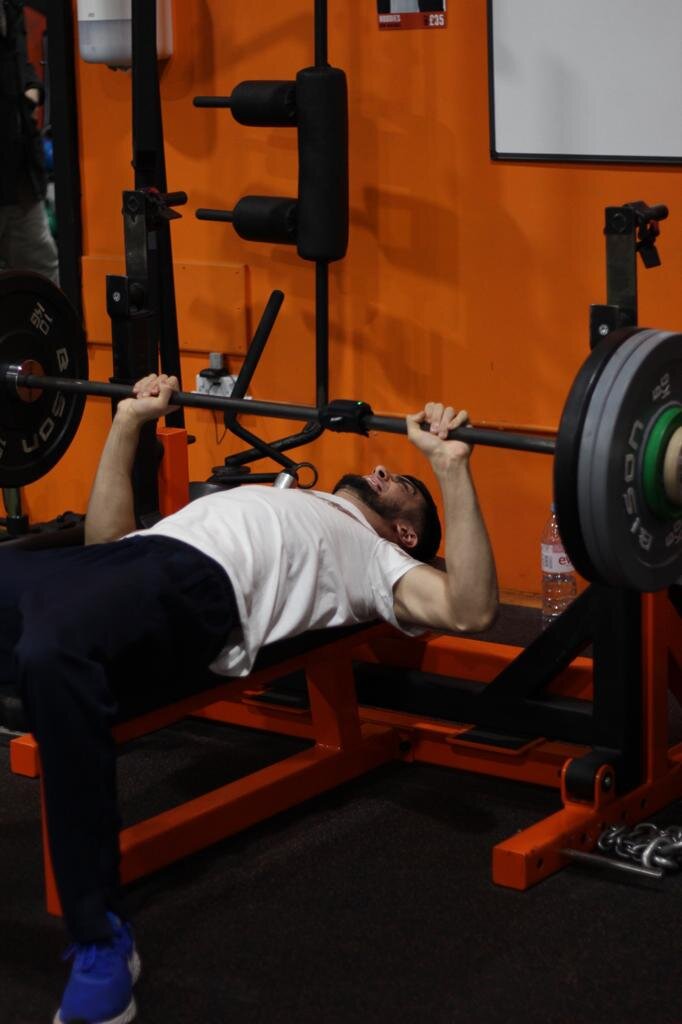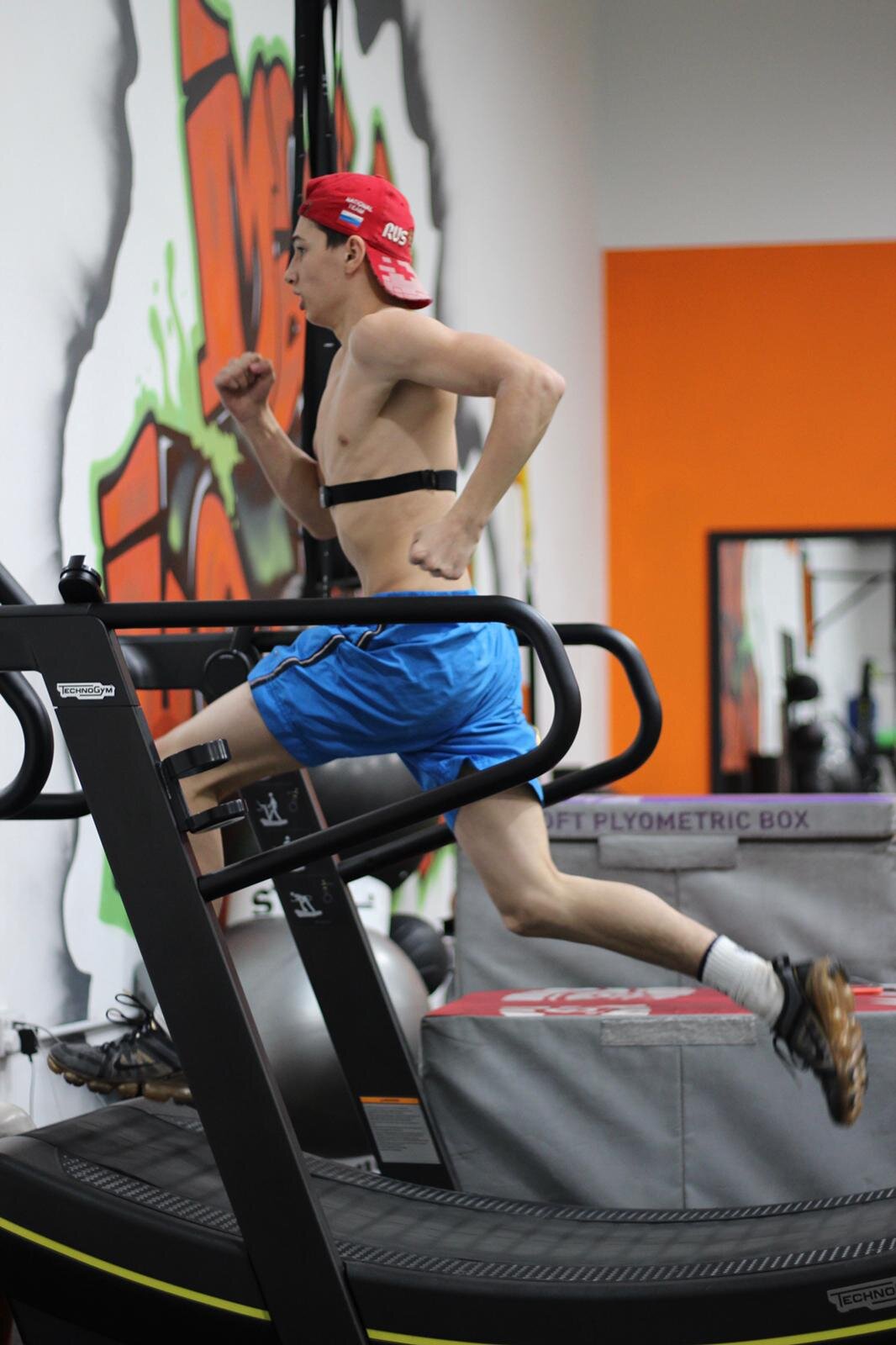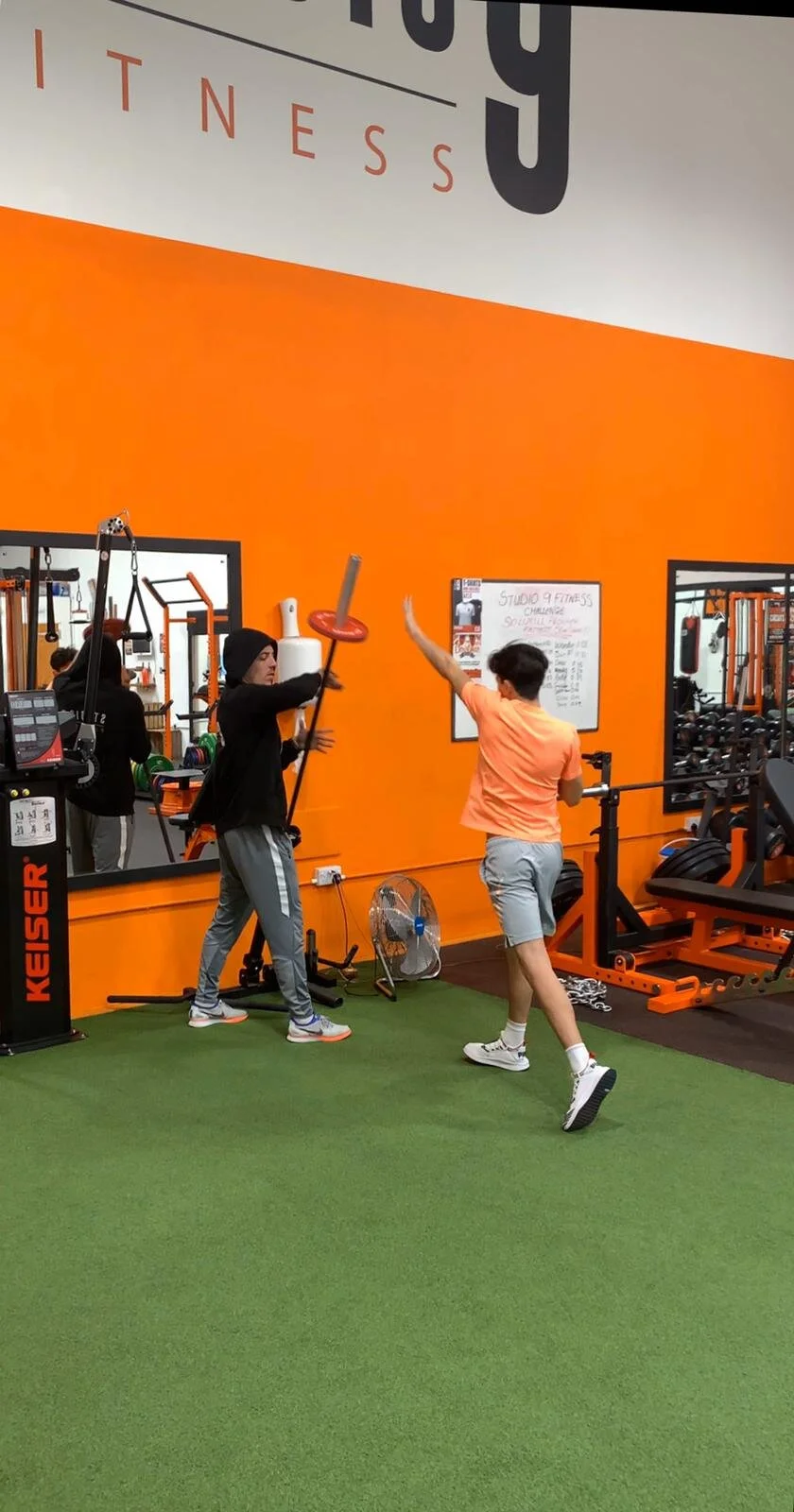This Article is Sponsored by Studio 9 Fitness. The Premier Sports Performance Facility in Wokingham, Berkshire.
The potential for injury during a boxing contest is extreme due to the high impact forces which are exerted through varying angles and speeds.
Reducing the risk of injury to the head and neck area is crucial as the high impact forces that the head and neck absorb from heavy punching demand can potentially be career ending.
Strengthening of the neck in all 3 planes of motion has been suggested as one way of helping protect the head and neck from the whiplash effect of head punches. Researchers advocate that stronger, more resilient neck muscles and connective tissue will help absorb the repetitive stress of high impact forces to the head and decrease acceleration and turning forces experienced at impact.
Flexion, extension and lateral flexion isometric exercises are recommended for neck strengthening and as neck muscles grow stronger additional resistance with weight plates can be used.
Even though a boxer’s hands are wrapped when in training and contest, they also experience high impact forces when the boxer delivers blows to the head or torso of his opponent and are therefore vulnerable to skeletal injury.
Fractures of the metacarpals are most common, with a break of the distal fifth metacarpal typically referred to as a “boxer’s fracture”. Strengthening of the hands is often overlooked, but can be achieved by stimulating new bone formation as an adaptation to anaerobic resistance training. For example, performing push ups with a closed fist contacting the floor with the knuckles of the hand will place weight bearing stress on the hands and wrists similar to punching, with much less risk of injury.
Strengthening of the trunk is also recommended as an injury prevention strategy in boxing as strong abdominal muscles will protect the internal organs and help to avoid muscle strains.
The abdominal region is vulnerable to injury as a result of the large amount of body punches a boxer may experience during a bout. With a strong core, the chance of a knock out or injury from one of these blows may be reduced!
Include flexion, rotation, lateral flexion, extension exercises as well as anti-rotation, anti-lateral flexion and anti-extension exercises. Isometric exercises will also aid the boxer’s ability to maintain a static contraction and improve overall trunk stiffness needed for a snappy punch!
Research has also shown that increasing the strength of the shoulder muscles improves a boxer’s ability to withstand acceleration and deceleration forces associated with repetitive punching. Pre-habilitation exercises for the rotator cuff and scapular stabilisers have been cited as an important ingredient to a comprehensive shoulder prehab plan.
We are Built not Born.
www.builtnotborn.co.uk
Charles Frankham
Matchroom Professional Boxer
Reference:
M.B. Wallace, S. Flanagan. Boxing: resistance training considerations for modifying Injury Risks, 1999







